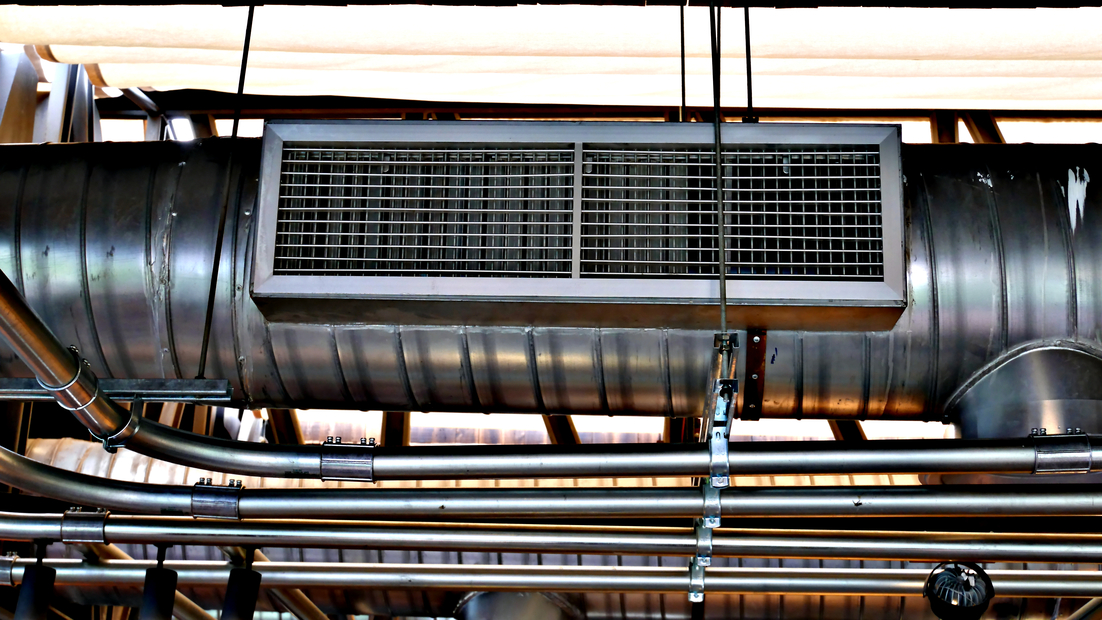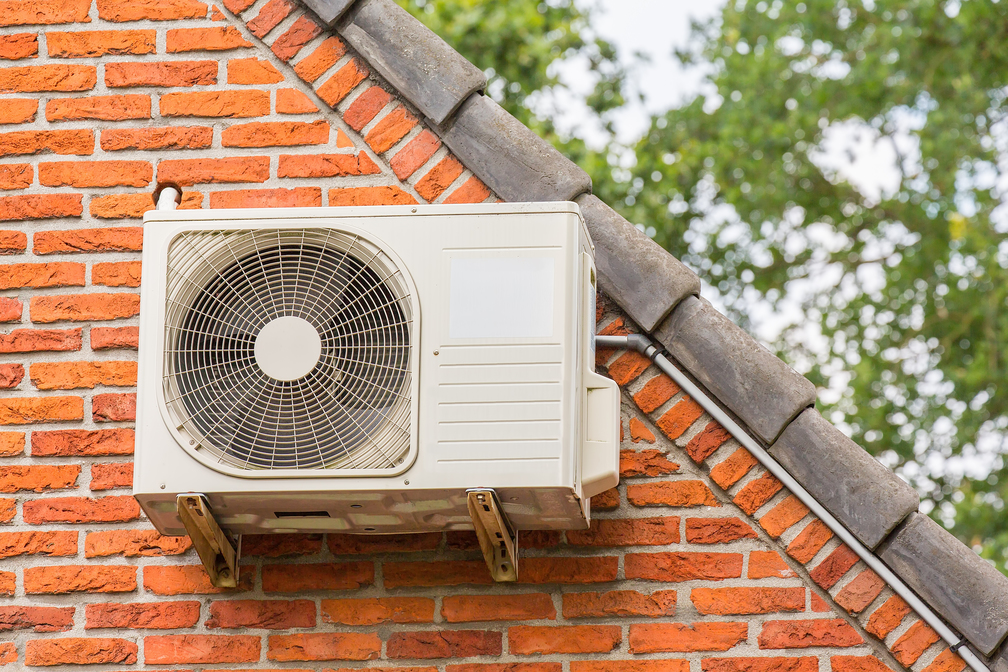In the majority of homes, the ductwork is largely concealed inside walls, ceilings, attics and crawl spaces. This network of pipes connects the furnace and air conditioner to the various rooms of the house. The duct system is responsible for delivering heated and cooled air while also pulling the stale air out of the rooms. The integrity of the pipes directly affects the efficiency, capacity and reliability of the furnace and air conditioner. The average home collects approximately forty pounds of dust every year. Living in dust are microscopic bugs, such as dust mites, that multiply rapidly and can become a health issue. While continual dusting and vacuuming helps to rid the living environment of pollutants, the dust work is often neglected. Debris gradually builds up within the pipes. This accumulation blocks airflow.
When the maximum amount of conditioned air is restricted from reaching the intended destination, the furnace or air conditioner is required to run more often and use more energy to reach thermostat settings. Along with higher running costs, the added wear and tear increases the risk of malfunction and shortens service life. In addition to dust, the ductwork commonly conceals mold growth, mildew, pollen, lint, pet dander, bugs, webs, decomposing rodents and construction debris.
Heated and cooled air passes through the duct system multiple times. These harmful toxins can easily become airborne and spread into every room of the house. When occupants breathe the contaminants into their lungs, they are at risk of respiratory infections and everything from headaches to asthma attacks. It’s a good idea to have the ductwork professionally inspected and tested every couple of years. Ductwork cleaning is a non-invasive procedure that optimizes the airflow and efficiency of the system. It can help to reduce the workload on the furnace and air conditioner and save a great deal of money on utility bills and repairs.



